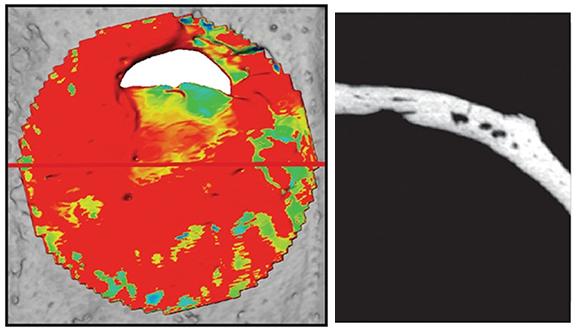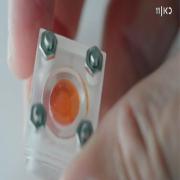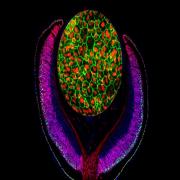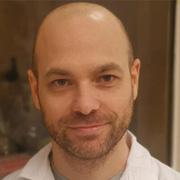Regenerating Bones
TAU scientists present a novel hydrogel for bone regeneration
Bone is a vital tissue that provides structure, support, and protection to our body. Unfortunately, bone injuries and diseases can lead to a loss of bone mass, causing severe pain and mobility issues. In these cases, medical professionals often resort to bone transplantation, which is a surgical procedure to replace missing or damaged bones. However, this procedure has its limitations and is not always possible. This is where hydrogels come into play.
In bone regeneration, hydrogels are used to provide a scaffold for new bone growth. They act as a supportive structure for bone cells, known as osteoblasts, to grow and proliferate. One of the advantages of hydrogels over other materials used in bone regeneration, such as ceramics and metals, is their biocompatibility, which means that they are less likely to cause an immune response in the body. This is crucial when it comes to medical applications, as an immune response can lead to inflammation and rejection of the implanted material.
In a recent study, published in the journal of clinical periodontology, Prof. Lihi Adler-Abramovich's group has designed a novel hydrogel which supports osteogenic differentiation and calcium deposition resulting in significant bone restoration in vivo. In addition, the hydrogel exerts an immunomodulatory effect on macrophages lining the graft, polarizing them towards a pro-regenerative M2 phenotype.
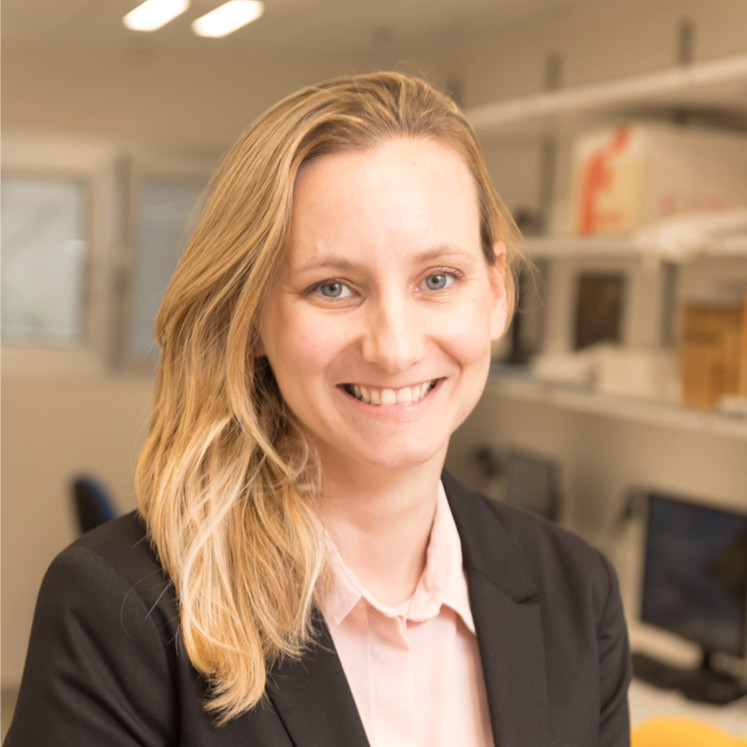
Prof. Lihi Adler-Abramovich, Associate Professor, Department of Oral Biology, The Goldschleger School of Dental Medicine. Head, Laboratory of Bioinspired Materials & Nanotechnology.
“When we lose teeth due to extensive damage or bacterial infections, the standard treatment is dental implants, but these must be anchored in a sufficient amount of bone, and when bone loss is too substantial, physicians implant additional bone from a healthy part of the body – a complex medical procedure. Another option is adding bone substitutes from either human or animal sources, but these might generate an immune response. I hope that in the future the hydrogel we have developed will enable faster, safer, and simpler bone restoration.” - Prof. Lihi Adler-Abramovich
Link to the Journal of Clinical Periodontology paper

